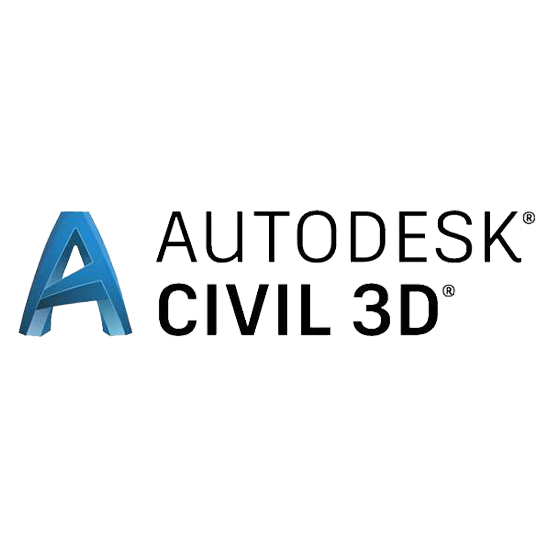
Autodesk Civil 3D is a civil engineering design and documentation software specifically developed for designing, modeling, and analyzing infrastructure projects. It is highly regarded in the construction industry for its advanced features that streamline the planning and execution of complex projects, such as railroads, dams, airports, ports, and roadways. Civil 3D supports Building Information Modeling (BIM) workflows, providing engineers and designers with robust tools to create highly detailed 3D models and manage project data efficiently.
Dynamic 3D Modeling: Civil 3D allows engineers to create dynamic, data-rich 3D models of civil infrastructure, including roadways, bridges, railroads, and drainage systems. It updates designs automatically when project elements change, ensuring design consistency across the entire project lifecycle.
Corridor Design: The software offers powerful tools for designing transportation corridors, such as highways, railways, and airports. These tools help engineers define alignment, profiles, and cross-sections, ensuring that infrastructure is optimized for safety, functionality, and sustainability.
Terrain and Grading Modeling: Civil 3D allows for detailed terrain and grading analysis, helping engineers manage earthworks, cut-and-fill calculations, and drainage requirements. This is particularly important in heavy civil projects like dam and railway construction, where terrain modifications are frequent.
Alignment and Profile Optimization: The platform enables precise control over horizontal and vertical alignments, ensuring that transportation networks like railroads and airport runways are optimized for speed, safety, and efficiency.
Stormwater and Sanitary Sewer Analysis: Civil 3D includes hydrology and hydraulic analysis tools to model stormwater drainage systems, sewer networks, and floodplains. This is crucial for infrastructure projects like dams and waterways, where water management is integral to the design.
Quantity Takeoff and Cost Estimation: The software automates the calculation of material quantities and project costs, allowing construction teams to better manage resources and budgets. This feature is especially beneficial for large projects, such as airports and ports, where materials and costs can be significant.
Interoperability: Civil 3D integrates with other Autodesk software like Revit and InfraWorks, as well as industry-standard formats like IFC and LandXML. This ensures seamless data exchange between design teams, contractors, and project managers, making collaboration more efficient.
Data Management and Collaboration: Civil 3D includes tools for data management and collaboration, allowing teams to store and access project data in a centralized environment. Project teams can share files, track changes, and maintain version control, ensuring that everyone is working with the most current data.
Automation of Repetitive Tasks: Civil 3D automates repetitive tasks, such as drafting, annotation, and analysis, allowing engineers to focus on more complex design challenges and improving overall project efficiency.
Improved Accuracy and Efficiency: By automating design processes and offering real-time data integration, Civil 3D significantly improves the accuracy of designs while reducing the time spent on repetitive tasks.
Streamlined Collaboration: Civil 3D facilitates collaboration between different teams, from engineers to contractors, ensuring that all stakeholders have access to the same up-to-date project data, which reduces miscommunication and errors.
Cost and Resource Optimization: The software’s quantity takeoff and cost estimation tools help teams optimize the use of materials, labor, and other resources, ensuring that heavy civil projects stay on budget and on schedule.
Compliance and Safety: Civil 3D helps ensure that infrastructure designs meet regulatory requirements and safety standards, particularly in high-stakes projects like dam construction and airport runways, where precision and compliance are critical.
Reduced Rework: With features like dynamic modeling and real-time data updates, Civil 3D reduces the likelihood of costly rework by ensuring that changes made in one part of the project are reflected across the entire design.
Dams and Waterways: In dam construction, Civil 3D is used for site grading, earthwork calculations, and hydrological analysis to ensure that the dam is designed to control water flow and withstand environmental stresses.
Railroads: Civil 3D’s corridor design and alignment tools make it ideal for planning and constructing railway lines. Engineers can optimize track alignments for speed and efficiency while accounting for topographical challenges.
Airports: For airport construction, Civil 3D helps design runways, taxiways, and drainage systems, ensuring that the airport infrastructure is safe, efficient, and compliant with aviation regulations.
Ports and Harbors: In port construction, Civil 3D is used to design access roads, terminal layouts, and stormwater management systems. It ensures that the port infrastructure is capable of handling large volumes of cargo and withstanding the rigors of coastal environments.
Autodesk Civil 3D is a comprehensive design solution that supports the entire lifecycle of heavy civil infrastructure projects. Its powerful modeling, analysis, and collaboration tools make it an indispensable platform for large-scale projects like dams, railways, airports, and ports. By enabling teams to work more efficiently and accurately, Civil 3D helps ensure that these vital infrastructures are designed and delivered on time, within budget, and to the highest safety and environmental standards.
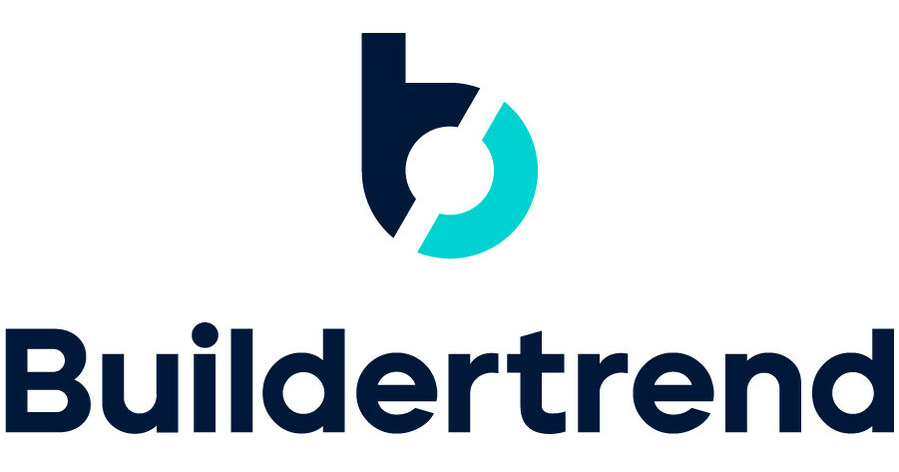
Buildertrend is one of the most popular cloud-based construction management software solutions desi…
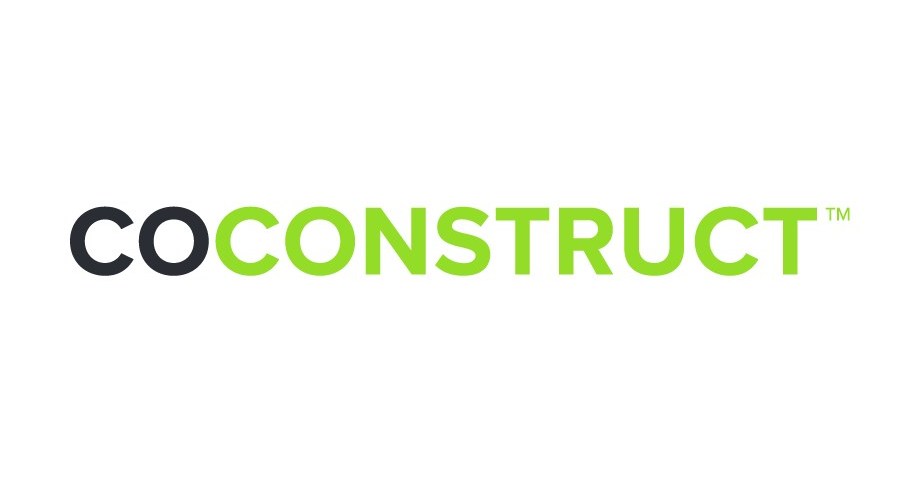
CoConstruct is a cloud-based construction management software built specifically for custom home bu…
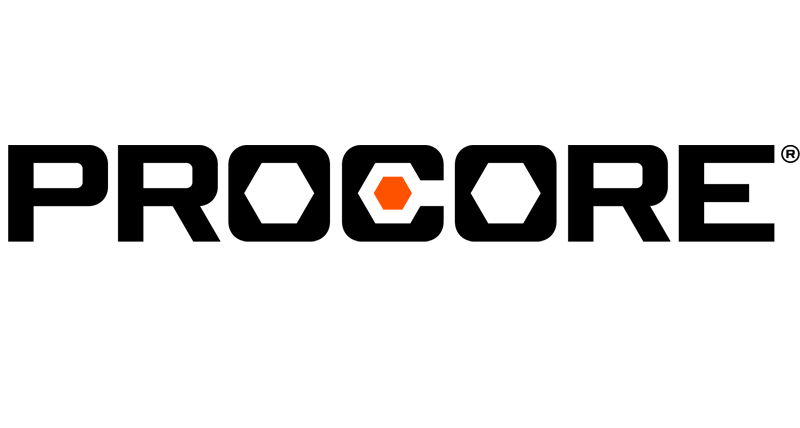
Procore is one of the most comprehensive construction management platforms designed to help builder…
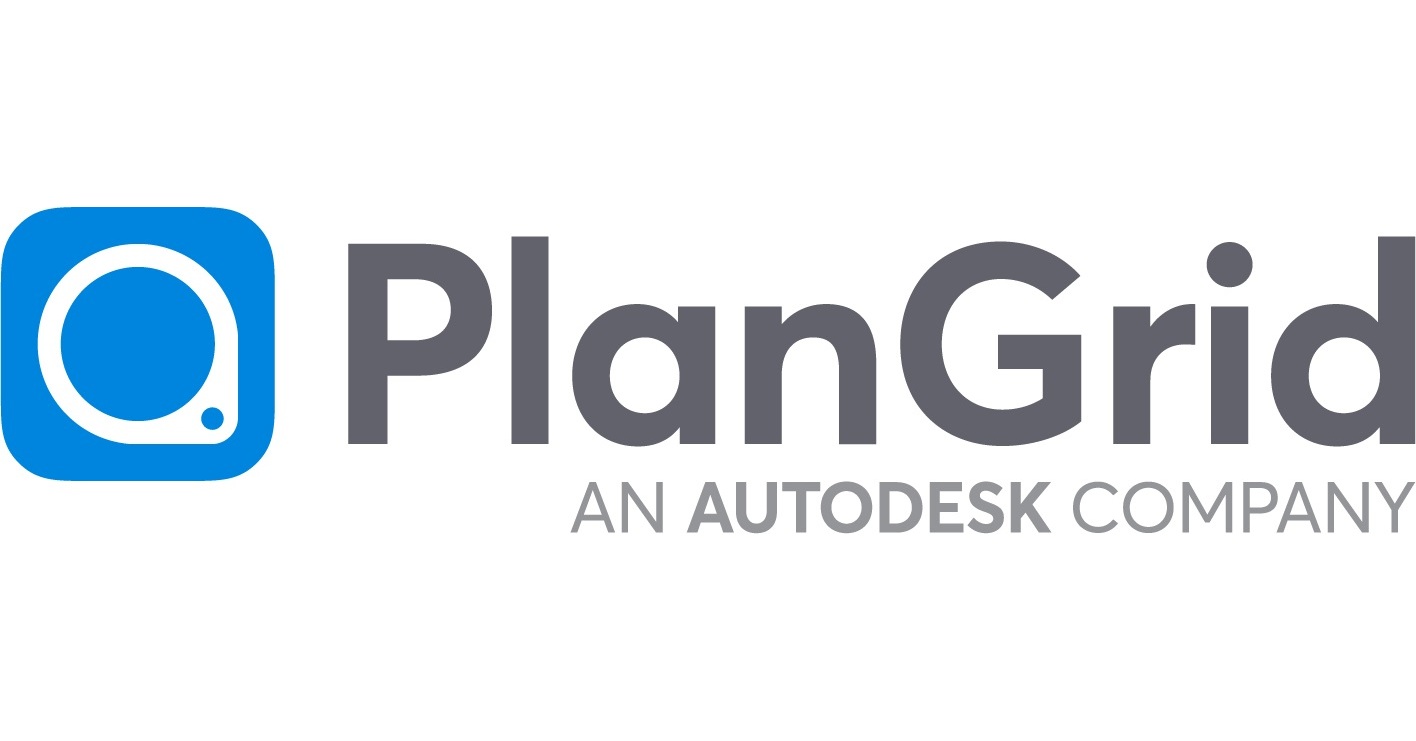
PlanGrid, a product within Autodesk’s Construction Cloud suite, is a construction productivity soft…
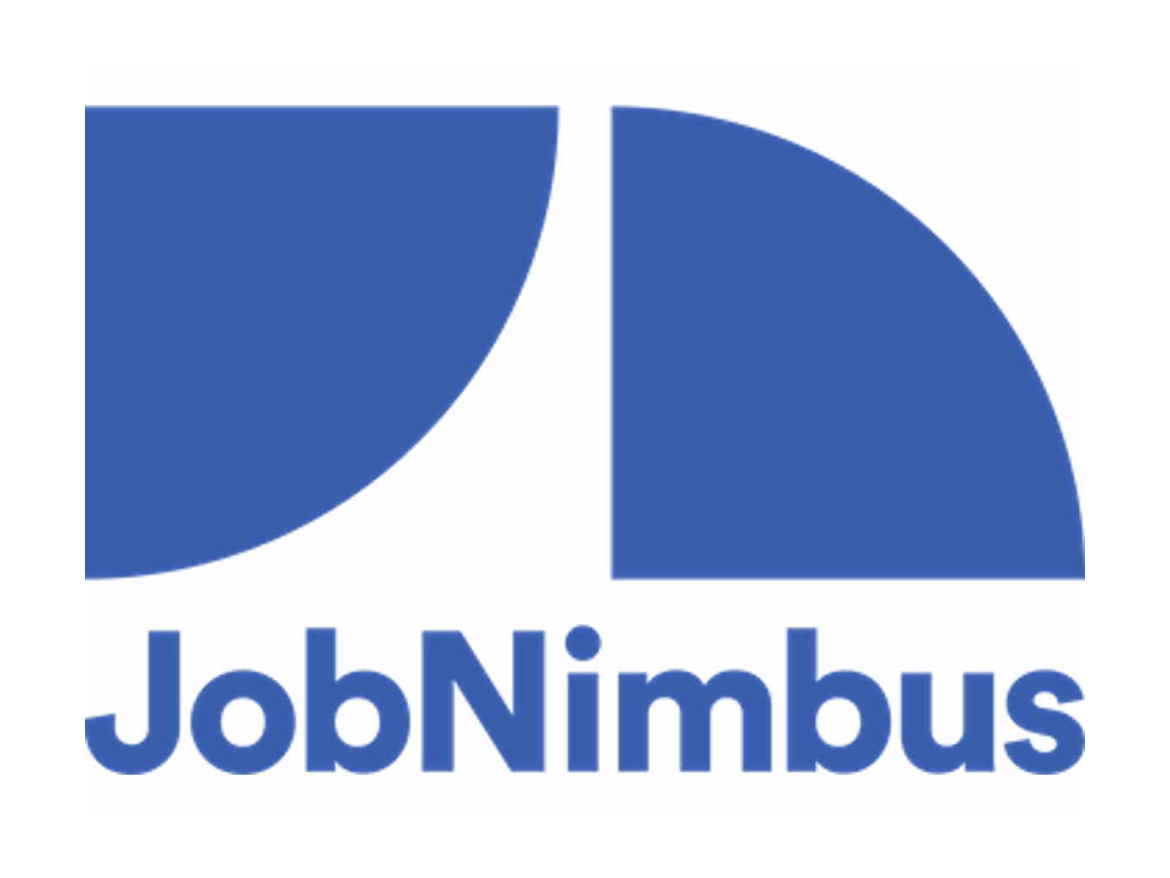
JobNimbus is a cloud-based project management and CRM platform designed specifically for contractor…